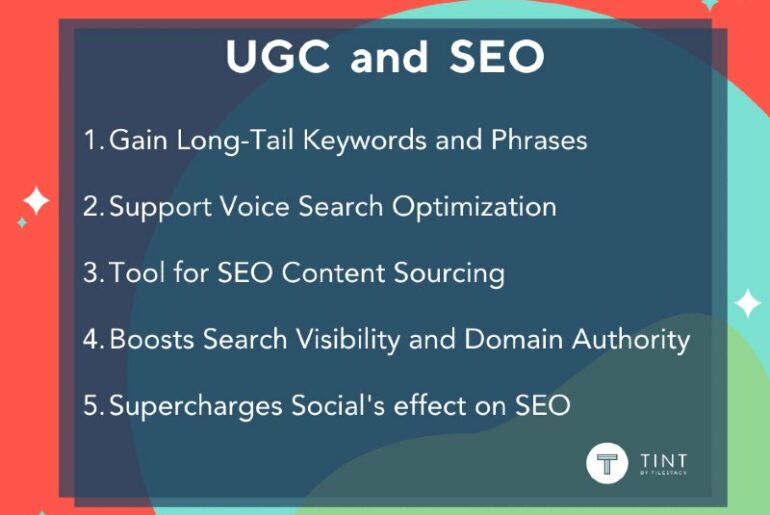When I was a teenager, I used to pass notes during class. Like all the time. My best friend Heather and I would practice different types of folds to make our notes less conspicuous (and cute, obvi). We’d use special colored pens for different moods and subject matters. And we’d decorate our letters with doodles of dragons, cats, and thorny roses, which developed into a visual language all our own.
One day, in Sophomore year English class, our teacher Mrs. Patterson intercepted one of our notes. After chastising me for disturbing the class, she leaned over and whispered:
If I were to write you a note, I would say you have really cute shoes.
I genuinely liked Mrs. Patterson. I really did. But her comment revealed just how little she knew about me. And the sad fact is, many marketers’ communications are just like Mrs. Patterson’s comment: Totally irrelevant, overly familiar, and kind of awkward.
If my teacher had known me better, she would have been able to connect with me in a meaningful way. The same is true for your brand: The better you know your audience, the better able you’ll be to engage with them. And therein lies the challenge. Unlike a high school classroom, which only has 30 students, you likely have a giant database of leads you’re talking to. Scaling one-to-one communication with all those people is impossible.
Or is it?
Ten years ago, the answer would have been a resigned yes. Today, there are a variety of marketing technologies that give us insight into who we’re talking to, what they care about, and what content and channels they prefer.
Personalization
Modern consumers have a very low tolerance for one-size-fits-all marketing. If your tone, content, or offers aren’t relevant to them, people will quickly tune out your brand.
Conversely, companies who are able to deliver personalized experiences are reaping the benefits in terms of engagement and sales. Monetate found in a recent study that businesses personalizing web experiences are seeing a 19% uplift in sales. DemandGen Report also found that leads who are nurtured with targeted content produce a 20% increase in sales opportunities.
With a good marketing automation system, personalization platform, or account-based marketing tool, you can incorporate personalized elements throughout your marketing program. Empowered by technology, brands are delivering more targeted offerings by:
- Customizing on-site product recommendations and search results based on previous browsing history.
- Serving different text, images, or navigation elements based on a user’s profile or selections.
- Developing personalized features based on user preferences.
- Sending highly relevant, targeted emails to prospects based on demographic, firmographic, or behavioral data.
- Retargeting previous visitors with display ads for specific products or services they showed interest in.
- And a lot more.
Interactivity
As the internet becomes increasingly overrun with content, consumer expectations are rapidly changing. People are no longer satisfied with static, passive content: they want to immerse themselves in digital experiences and actively participate in them.
To me, it’s no surprise that interactive content has grown in popularity over the past year. Marketers are using dynamic new formats to break through the content clutter and cultivate more meaningful two-way communication between their brand and audience.
Industry reports are confirming the powerful impact of interactivity on consumer engagement. A recent eMarketer study found:
- 81% of respondents concurred that interactive content was more effective in grabbing readers’ attention.
- 79% said that interactive content, when combined with traditional content marketing, helps strengthen their company’s message.
If you’re new to interactive marketing, here are a few ways you can use interactivity to create a dialogue with your prospects and customers:
- Provide personalized results or recommendations with a quiz or assessment.
- Engage top-of-funnel leads with an interactive game or story that lets them participate in the narrative.
- Bring data to life using an interactive infographic or gifographic.
- Look at interactions within your content to understand which topics your audience is most interested in.
- Deliver personalized, trackable product marketing and sales collateral.
- Keep customers engaged with highly targeted, user-driven educational content.
Branching Narratives
Anyone who’s written a video game (or played an IRL role-playing game) is familiar with branching narratives. Instead of guiding the player down a linear narrative path, branching narratives can go down one of many paths depending on a number of variables such as:
- Choices
- Actions
- Skills
- Personality
- Morality
- Experience
- Resources
- World state
This type of storytelling puts the reader (or player) in the protagonist’s shoes, giving them the freedom to choose their own adventure while taking into account their character’s strengths and weaknesses. As they progress, they interact with storylets (small, self-contained snippets of narrative) that slowly unfold a personalized story arc.
In tandem with personalization and interactivity, branching narratives can be an extremely powerful communication method. Not only do they foster an emotional connection with the story by putting the user at the center of the action—they also provide an incredibly rich, dynamic experience tailored to the end user.
Branching narratives can be applied to pretty much any type of content. A few of the most common use cases in the marketing world include:
- Interactive videos with simple branching logic.
- Simple brackets or answer trees with customized feedback.
- Long-form editorial content with more complex branching.
- Complex gamified content with a protagonist.
The Bottom Line
Meaningful communication with followers, prospects, and customers is within reach for all of us. Using today’s sophisticated technology, paired with relevant, engaging content, content marketers can increase the quality of connection with their audiences while also scaling their efforts in a sustainable and measureable way.
About the Author
Ashley Taylor Anderson is Director of Content at Ceros, an interactive content marketing software startup. She’s a writer and marketer who’s spent her career knee-deep in the B2B technology space. In previous professional lives, she worked as a science textbook editor, interactive media producer, and pastry chef. When she’s not in front of a computer typing, you can usually find her nose-deep in a book, strolling a museum, or cursing at her sewing machine.




